Barbara Dyer: In the name of Knox
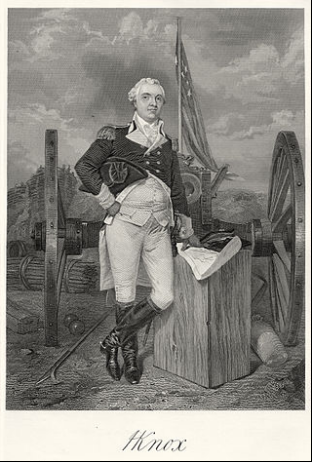 A steel engraving of Henry Knox by Alonzo Chappel (Photo courtesy Barbara F. Dyer)
A steel engraving of Henry Knox by Alonzo Chappel (Photo courtesy Barbara F. Dyer)
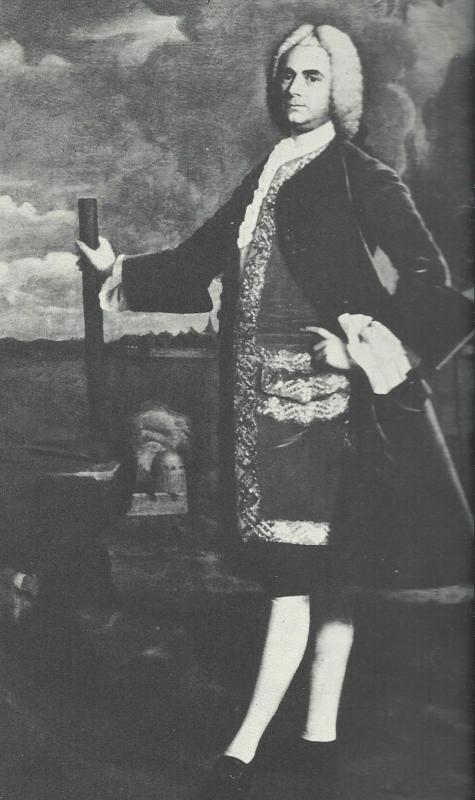 General Samuel Waldo (Photo courtesy Barbara F. Dyer)
General Samuel Waldo (Photo courtesy Barbara F. Dyer)
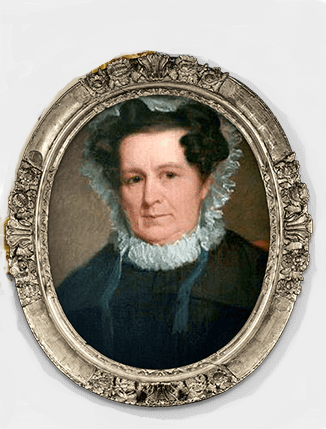 Miniature of Lucy Flucker Knox (Photo courtesy Barbara F. Dyer)
Miniature of Lucy Flucker Knox (Photo courtesy Barbara F. Dyer)
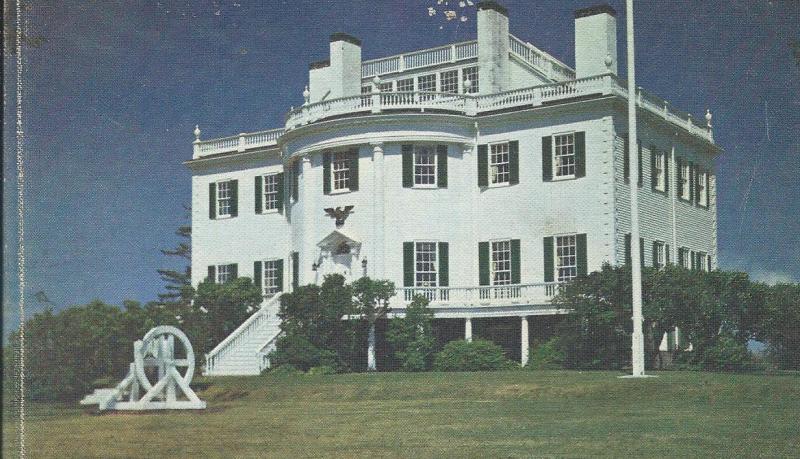 Montpelier Two, at the intersection of routes 131 and 1 in Thomaston. (Photo courtesy Barbara F. Dyer)
Montpelier Two, at the intersection of routes 131 and 1 in Thomaston. (Photo courtesy Barbara F. Dyer)
 An outline of Lucy Knox (Photo courtesy Barbara F. Dyer)
An outline of Lucy Knox (Photo courtesy Barbara F. Dyer)
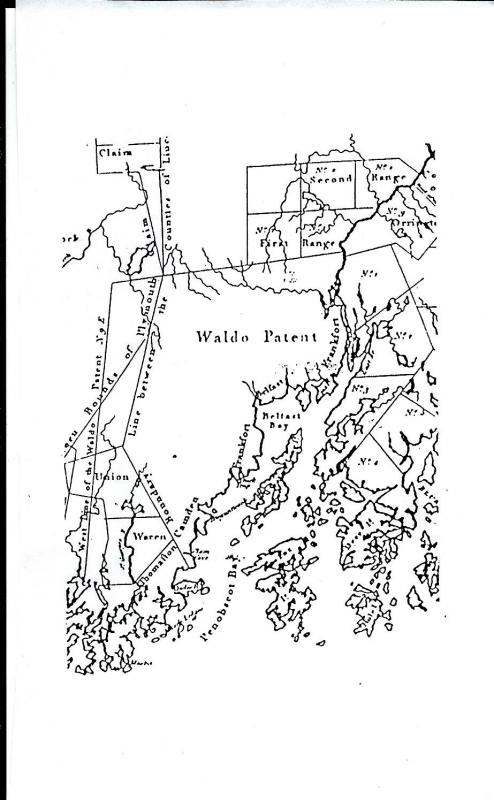 The Waldo Patent (Photo courtesy Barbara F. Dyer)
The Waldo Patent (Photo courtesy Barbara F. Dyer)
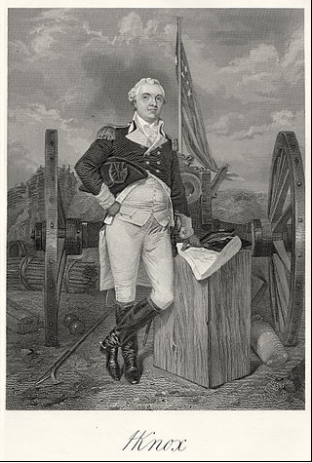 A steel engraving of Henry Knox by Alonzo Chappel (Photo courtesy Barbara F. Dyer)
A steel engraving of Henry Knox by Alonzo Chappel (Photo courtesy Barbara F. Dyer)
 General Samuel Waldo (Photo courtesy Barbara F. Dyer)
General Samuel Waldo (Photo courtesy Barbara F. Dyer)
 Miniature of Lucy Flucker Knox (Photo courtesy Barbara F. Dyer)
Miniature of Lucy Flucker Knox (Photo courtesy Barbara F. Dyer)
 Montpelier Two, at the intersection of routes 131 and 1 in Thomaston. (Photo courtesy Barbara F. Dyer)
Montpelier Two, at the intersection of routes 131 and 1 in Thomaston. (Photo courtesy Barbara F. Dyer)
 An outline of Lucy Knox (Photo courtesy Barbara F. Dyer)
An outline of Lucy Knox (Photo courtesy Barbara F. Dyer)
 The Waldo Patent (Photo courtesy Barbara F. Dyer)
The Waldo Patent (Photo courtesy Barbara F. Dyer)
Around this vicinity, there are towns, counties and businesses that have Knox for a name, and it is because of General Henry Knox.
Camden is in Knox county, and many of our first settlers bought land that was part of the Waldo Patent sold by Henry Knox. His wife, Lucy Flucker Knox, inherited it from her mother, who was the daughter of Samuel Waldo.
The original grant was given in 1629 by the Council of Plymouth, England, to John Beauchamp and Thomas Leverett and was called the Muscongus Grant or Lincolnshire Grant.
There is a long story of trouble with the Native Americans and settlers. Much later it belonged to Leverett's grandson, who was busy settling claims, some of which were invalid.
David Dunbar, the Surveyor of King's Woods, had arrived. There was a reservation of all pine trees in Maine, having a diameter of two feet, for masts for the Kings Navy. It was called “The King's Broad Arrow” (there was a mark on these trees).
David Dunbar drove the settlers away, destroyed their saw mills and took their trees. He began to issue titled lands. People were calling it New England, where before it was called New France.
By 1729 Gen. Samuel Waldo was sent by the “patentees” to England to settle the ownership, because the settlers didn't know if they were under British or French rule. The treaty of France in 1713 (Utrecht) had settled it as British.
Waldo also succeeded in getting David Dunbar removed. In return for this, he was given 300,000 acres of the original 600,000. The “Twenty Associates” then gave Waldo another 200,000 acres, 5/6 of it was his to sell and he called it the Waldo Patent.
Henry Knox was a bookseller, born in poverty, and Lucy's family didn't approve of the marriage. But he must have been brilliant because he became President George Washington's “Secretary At War” and planned the Christmas night crossing of the Delaware. Among other things, he also organized the movement of the cannon from Fort Ticonderoga to seize Boston. He and Washington were friends for life.
He loved his wife, Lucy, but disliked her gambling. She lost both Friendship and Appleton in poker games.
According to a video made in Rockport in 1991, it says she also lost Rockport. Lucy loved to entertain with extravagant and elegant parties.
She was nearly as wide as she was tall, so wore her hair in a beehive fashion and placed a small hat on top of that. She felt she looked taller by doing that.
General Knox weighed close to 300 pounds himself. He was not liked by some in this area, mostly due to land dealings of the Waldo Patent.
One night he was skating on the St. Georges River, and was surrounded by people in white sheets trying to frighten him. He said: ”What do you want? If you are angels you won't harm me. If you are men, I never feared one yet. But, if you are devils, come right home with me, because I married your sister.”
The General died at the age of 56 and a military funeral was held, which was one of a kind. A large attendance was at his home for the service. Then the procession began with artilliary, cavalry and infantry units. Then his black coffin followed with his hat and sword on top. Then came his favorite horse, with familiar boots reversed in the stirrups. Flag half mast on boats in the harbor, and bells tolling.
Lady Lucy Knox lived in Montpelier until she died, dreaming of the past days of glory. There had been days of sadness as they had lost about 10 children. Henry had not been thrifty, so she had to sell many belongings to support herself.
“Montpelier” their home was nearer the water, but when they died, the three grown children sold most of the furniture left, and the house fell into disrepair. The replica seen from Route 1 was built by contributions.
Cyrus H. K. Curtis, a great benefactor to Camden and Rockport, donated a large sum, that I believe was $240,000. There is one original building left that is now the Historical Society.
Barbara F. Dyer has lived in Camden all of her life, so far.
More Barbara Dyer
When President Roosevelt took the train from Rockland to Washington, D.C.
Carlos Salzedos' harp colony in Camden
Buttoning up the harbor for winter
The day when Camden burned down, 40 buildings lay in ash
Old Glory, the flag’s storied history, and proper etiquette
The Seaside Mountains of Camden
The story of the Barbie D, a little tug that has worked Camden Harbor for 60-plus years
Postcards and the way we communicated 100 years ago
The Babbs: A family integral to Camden history
When Camden paid a fine for having no minister preaching in town
The demise of a Camden-built vessel
Camden’s wooden boat builders were perfectionists
Building wooden boats in Camden, many years ago
Socializing and such, before television
The first years of the Camden Snow Bowl
The many moods of Camden Harbor
Demise of the Camden steamboat wharf
Curtis Island Lighthouse - the sentinel of Camden Harbor
Event Date
Address
United States
































